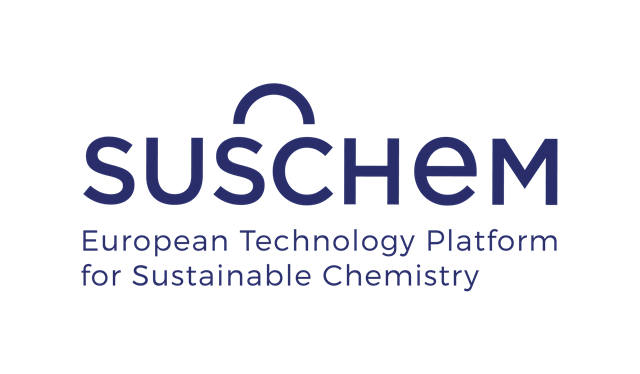 SusChem board member Matthias Beller has been chosen as the first winner of the European Sustainable Chemistry Award an initiative launched this year by the European Association for Chemical and Molecular Sciences (EuCheMS).
SusChem board member Matthias Beller has been chosen as the first winner of the European Sustainable Chemistry Award an initiative launched this year by the European Association for Chemical and Molecular Sciences (EuCheMS). Prof. Beller will receive the award at the
3rd EuCheMS European Chemistry Congress in Nürnberg, Germany on Sunday 29 August 2010.
Matthias Beller is Director of the
Leibniz Institute for Catalysis in Rostock, Germany (LIKAT), and has been recognised for his exceptional research in the field of homogeneous catalysis. His main research focus is on investigating the environmentally sustainable conversion of small molecules into recyclable or reusable materials.
Ger Spork, Innovation manager at CEFIC, and on behalf of SusChem, congratulated Prof. Beller saying: “Catalysis is a key technology for sustainable chemistry and Matthias has made some outstanding contributions to European research in this area. We are very pleased to have a SusChem Board member receiving this recognition.”
Catalyst for sustainabilityIn the past decade alone, Matthias Beller and his team have developed three catalyst systems that are already being applied in industry to produce valuable materials on a large scale (tonnes). “This is something uncommon that academic research goes straight into industrial application,” says Beller.
Matthias Beller has also conducted fundamental research that has inspired numerous other academic groups around the world. “Catalysis is the science that tries to explain how chemical reactions can be accelerated and controlled,” he says. “It is not only important for the chemical industry but also for the life sciences, environmental and energy applications.”
The main interest of his work has been the use of precious metal catalysts, such as palladium, in a variety of catalysed reactions.
In the field of synthesis for new pharmaceutical ingredients, Matthias Beller’s research group has worked on the regioselective addition of amines to double bonds and carbonylation reactions. In cooperation with pharmaceutical companies, the research has helped to develop new analgesics, anti-Alzheimer active ingredients and kinase inhibitors.
Bio-inspired catalysisMore recently he has been active in the development of new catalysts based on bio-relevant metals, especially iron, that are cheaper and more available than precious metal equivalents. “These ‘bio-inspired’ catalysts have not yet been implemented in industry,” explains Beller. “But nature shows that these metals can be used as biocatalysts in a very efficient manner.”
An example of this ‘bio-inspired’ catalysis is Beller’s recent work on hydrogen production using bio-relevant, or biomass-derived compounds, or water. “One of the most efficient catalysts that nature has developed are iron and iron/nickel hydrogenases,” explains Beller. “Very recently we have developed an
iron-based hydrogenase that catalyses the production of hydrogen from formic acid .”
Formic acid is a major product of biomass processing and could be a stable and widely available carrier for hydrogen for use in fuel cells and other clean energy applications. The new catalyst is cheap and activated by visible light to liberate hydrogen at room temperature.
“Hydrogen production is very important to the chemical industry but is also of major interest for energy applications,” says Beller. “In combination with fuel cell technologies hydrogen can deliver a very clean form of energy.”
For more information visit the
EuCheMS website.


 The two themes of the meeting are ‘cluster intensification’ and ‘sustainable development’ in the Antwerp harbour region.
The two themes of the meeting are ‘cluster intensification’ and ‘sustainable development’ in the Antwerp harbour region. 

